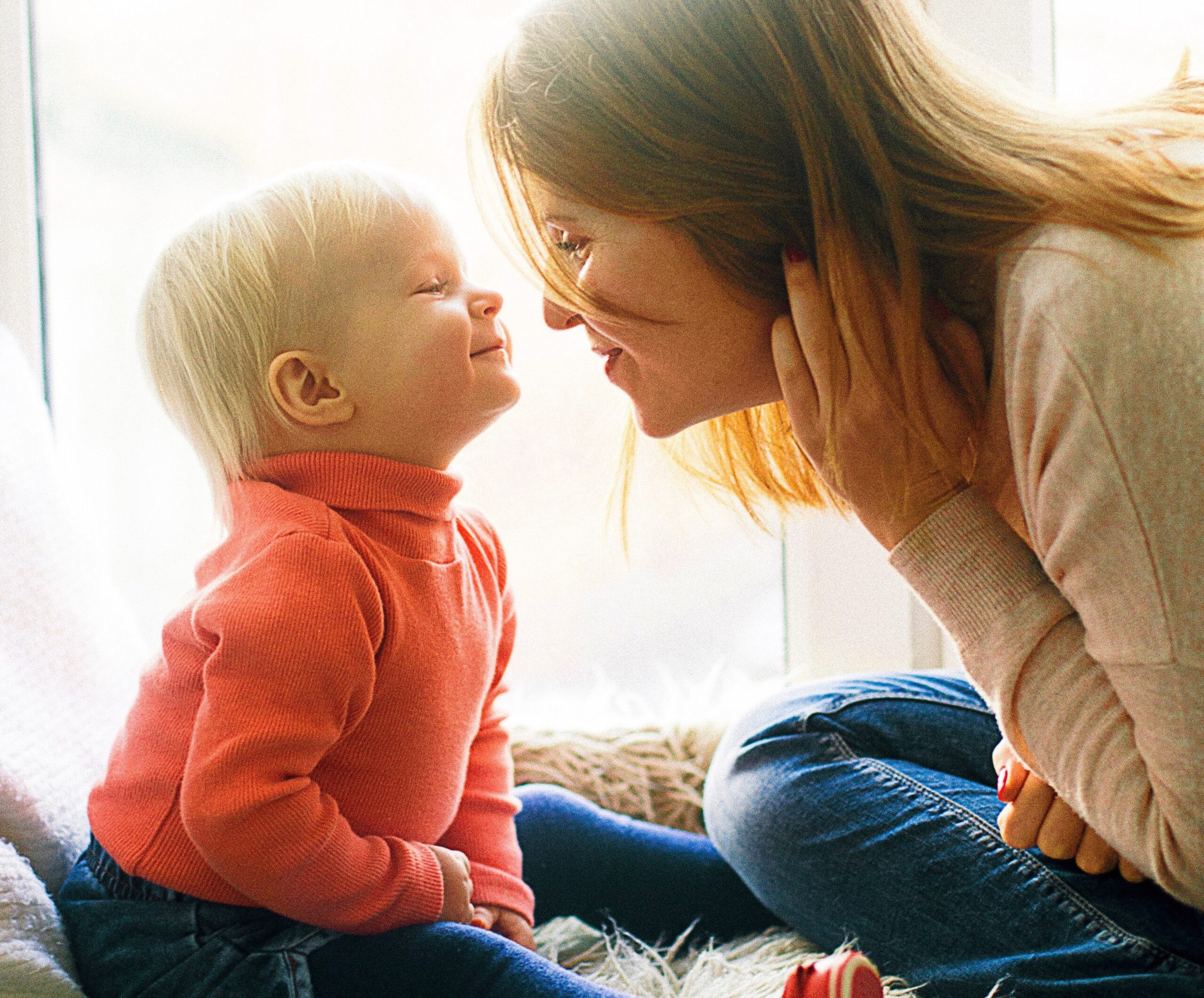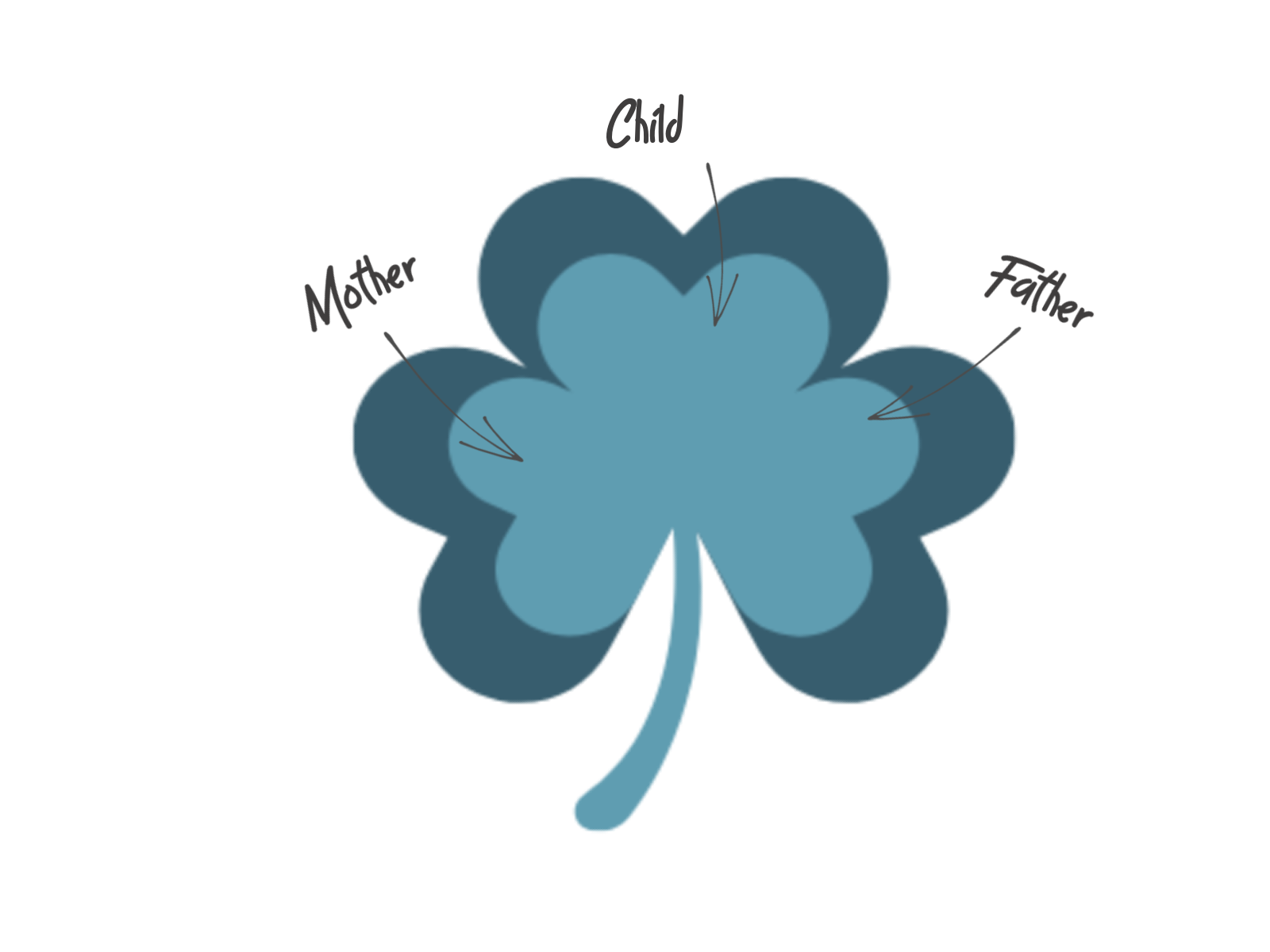Learn how to engage with a toddler in a satisfying way for both parent and child so you can have meaningful exchanges with your young child all day long.
- You will learn Inspiring tips to having a HAPPY TODDLER – without leaving home nor changing your routine
- You will learn how to engage with a toddler in a satisfying way for both you and your child.
- You will enjoy quality interaction with your child and know how to have more.
- You will discover new things you have in common to talk and sing about (know what your child likes)
- You will feel listened to because your child gave you his/her full attention.
- Your child will be satisfied and happy during your interaction. As you continue to practice engaging with your toddler, you will find more and more benefits.
- You will have a free downloadable file of positive affirmations every parent needs.
FREE Mini-course: Parenting School 101: How to Engage with Your Toddler:
A toddler is full of surprises. You truly begin starting to get to know the person they are as you watch your child.
Watching
Watching is also very important for learning what your child likes and wants. In my experience, my two year olds already had unique personality traits that they now have as adults. My oldest, Kay, was an independent thinker from the get-go. She didn’t care what I thought, she wanted to do things her way. Rules were restrictions for her. She was sweet and generous when it was her idea. She is fun and spontaneous today, always full of fun ideas. Everything is funner when Kay is around.
My second, J.D., on the other hand, cared about my opinion. Rules were no big deal. He kept them and moved on. He was naturally in tune with others needs. I remember when he was 2, he was in a little toddler class when a fellow toddler toppled a foot and a half off of a short crawling toy. He went over to her and helped her up. That kind of outside awareness of self is very unusual for children that young, but is consistent with who he is today as a 25 year old man.
My third, Clark was my most affectionate child and still craves eye contact and hugs as a grown man. I could go on and on, but you get the picture. This is the time that you can start to “get to know” your own child.
By watching your child you also learn what they like and what they don’t. Just because they don’t like it right away, doesn’t mean they don’t have to do it. You are their guide by introducing them to new and important things (vegetables and classical music, for instance). As you notice activities they like doing over and over and words they learn first, you can use these interests to teach them valuable lessons and to show them you respect them in enjoyable ways. For example, my son Curtis loves running. He has from the time he was a toddler. He still loves running. If I want some quality time with him, I go running with him. He has my attention and I have his. I communicate that I love him more effectively when I am doing what he loves, with him.
All children like music. That is why engaging with a toddler (and teaching them new things) is so easy through music.
Watching – After watching your toddler, you know what they like. There are songs about anything your child likes. If your child likes animals, use animal songs to challenge them, teach them boundaries and strengthen their literacy and confidence. There are an endless number of songs about trains, balls, babies, nature, and whatever else your toddler likes. When you see what songs your child wants to sing over and over again, or what dances or instruments your child asks for you are learning what they want.
Listen and Follow
You will be emotionally present while engaged in these songs and finger plays with him/her and can express love in many ways throughout your musical exchanges. Love is expressed by hugging, rocking, and complimenting his/her efforts in music. BUT love is also expressed as you let him or her explore the song, the instrument, and his/her voice. Praise your toddler. Trust your toddler. Listen to your toddler’s ideas (with your eyes and ears) and follow his lead by copying their voice and their movements. This also shows respect to your child and builds their confidence. I am a firm believer that a parent should say “yes” as often as they can so that when they need to say “no” it really matters. Be careful that your first reaction to their ideas isn’t negative.
These active listening skills during a musical activity will strengthen your relationship with the child in ways that are not as easily arranged during the normal rush and grind of the day. So, you can see that taking the time to learn music and then integrating it throughout your routine, really pays off.
Of course, you must also expose and teach your child new songs and movements to expand their world. This is part of pleasing their need to be challenged. They will delight in learning new songs, which brings new words, new movements, and important lessons about their world. Many elements of dance and instruments will stretch your child’s abilities. Introduce these things with enthusiasm. Modeling the best way, while being patient and open to exploration and individual expression.
Boundaries
Lastly, boundaries can be set and maintained in music experiences that pay large dividends in practical everyday applications. For example, when a child is introduced to instruments (which starts with simple rhythm sticks) I teach toddlers that these are not toys. They are special and need to be treated properly. After teaching the way to care for an instrument, then you must be consistent in imposing a consequence to mistreatment. Remember that positive feedback is a much more effective motivator than punishment.
An example of this is, when I teach a toddler how to treat rhythm sticks, I say (while holding them, but before letting them hold them), “These are rhythm sticks. They are not toys. They are special. We will keep them in this tub, not in the toy box. We don’t throw them. We don’t step on them. We don’t put them in our mouths or leave them hanging around. If you throw or misuse your instrument I will take it away. I love you. As you use these rhythm sticks correctly, you will have so much fun making super cool music with them.” After setting these expectations, it is your job to stick to it. (no pun intended) by putting the sticks away if your child throws them. If they leave them on the ground they need to pick them up. When they put them in their mouth, you need to remind them they aren’t for our mouths. YOU set the boundaries and then keep them. When the child knows, from experience, that you keep your word, they will believe you in many other areas of your day.
Let’s take 2 year olds for instance. The phrase terrible twos was not true in my experience. I don’t know if it is because of the respectful relationship I had with my 5 toddlers or if it is because it is wrong. Regardless, you should not think it or say it. Your toddler is more independent than ever before and naturally wants to be trusted (similar to a teenager).
You can listen and let the child have his or her way when deciding on actions for “Clap Your Hands til the Music Stops” for example, but you may not as easily actively listen to your child’s every whim when you are late for an appointment or when it is time to go to bed. The time you invested throughout the day to listen at convenient times will pay off on the rare occasion that you need the child to obey without asking questions.
You will be that happy parent with the interactive, satisfied, happy child.
Music Does it All!
So, to engage with your toddler, I suggest:
- watch to see what your toddler needs and likes,
- listen actively,
- follow their lead while keeping,
- boundaries.
All of these methods are easily done within the context of singing together. You have completed “Parenting School 101: How to Engage With Your Toddler.” Here is a video of me modeling watch, listen, follow, and boundaries within the context of singing a song with a child.
After applying what you learn from this short course you will understand your child better and he will be more content. Don’t let another day go by without learning how to REALLY listen to your toddler.
Also see these articles by Kristin:



